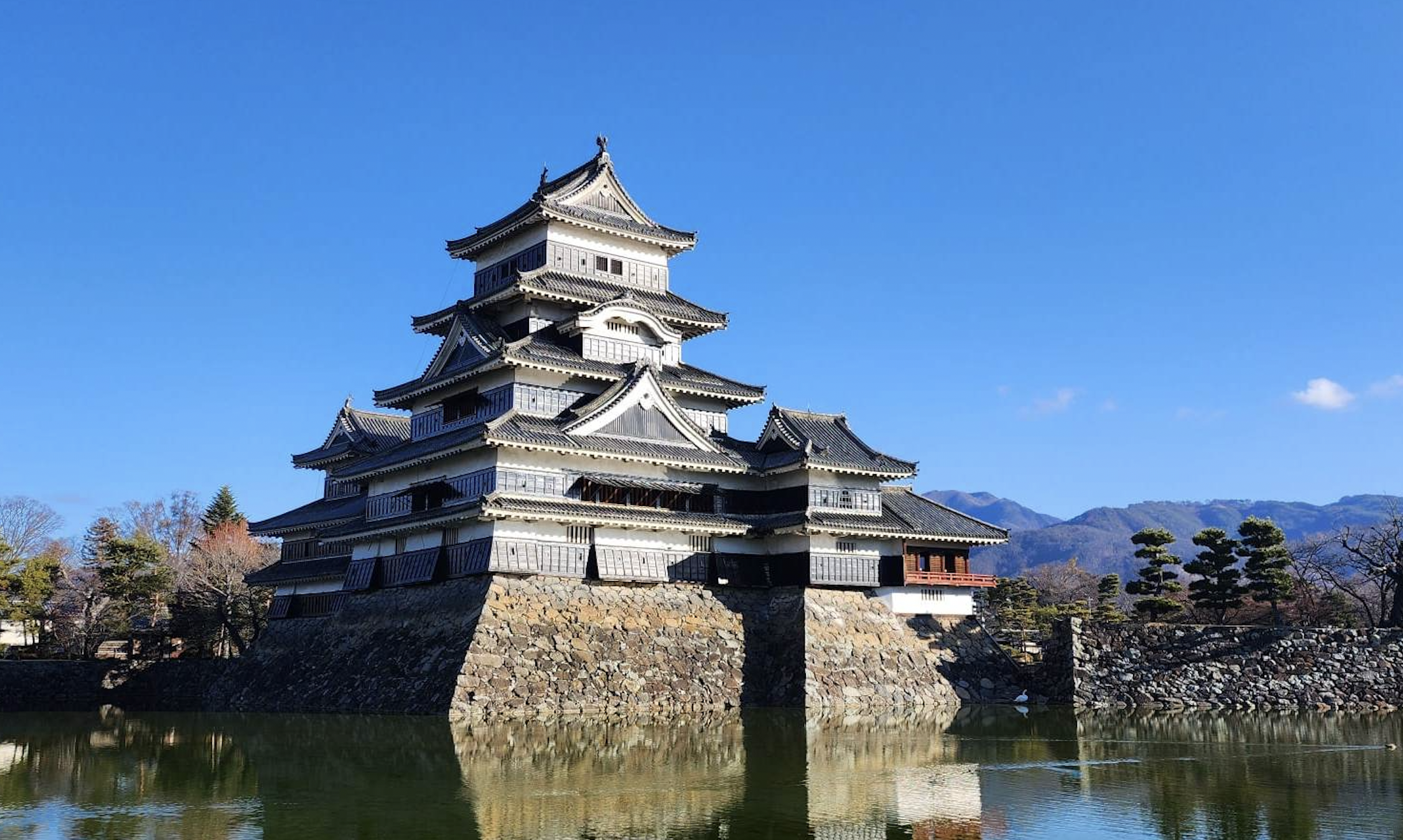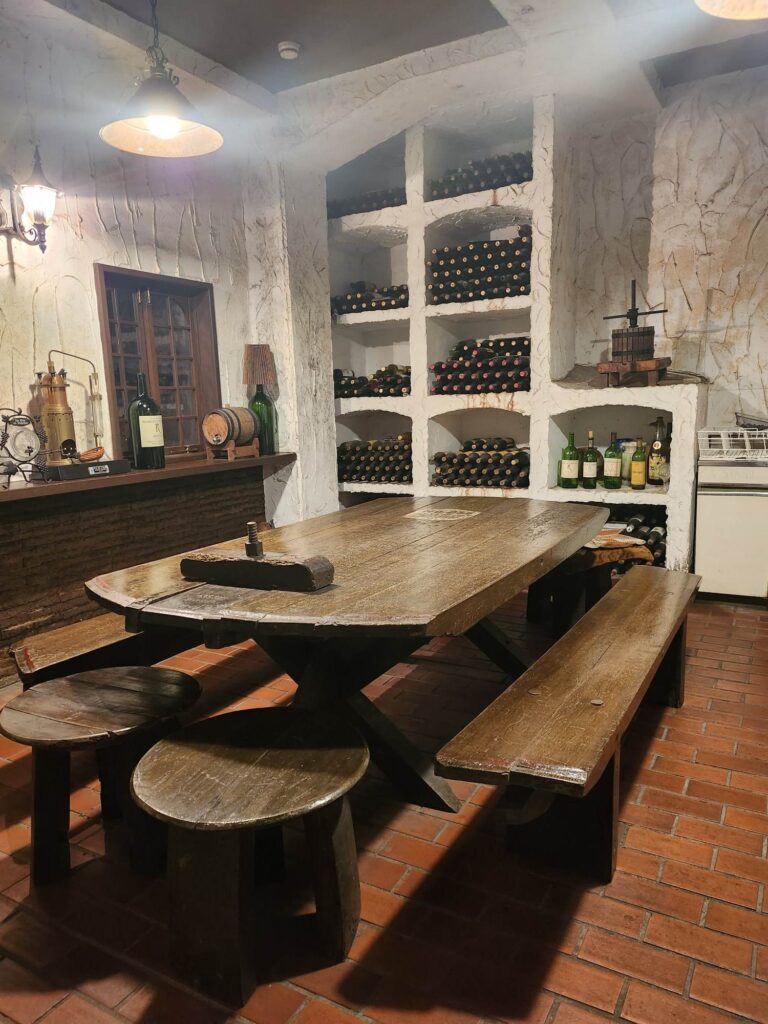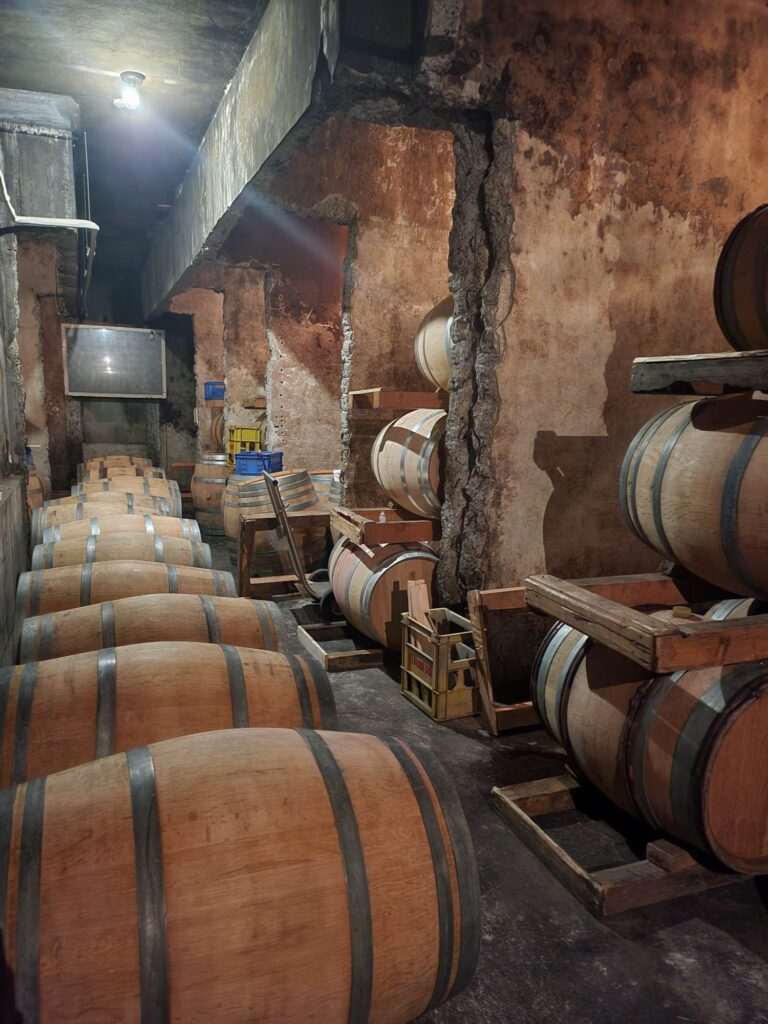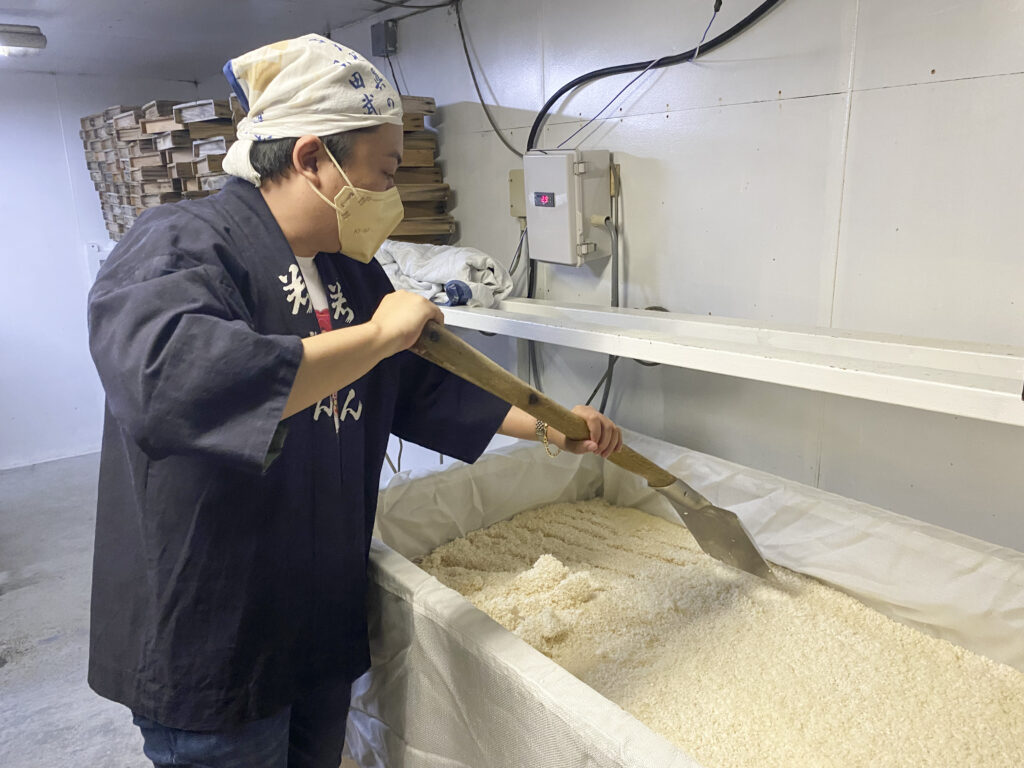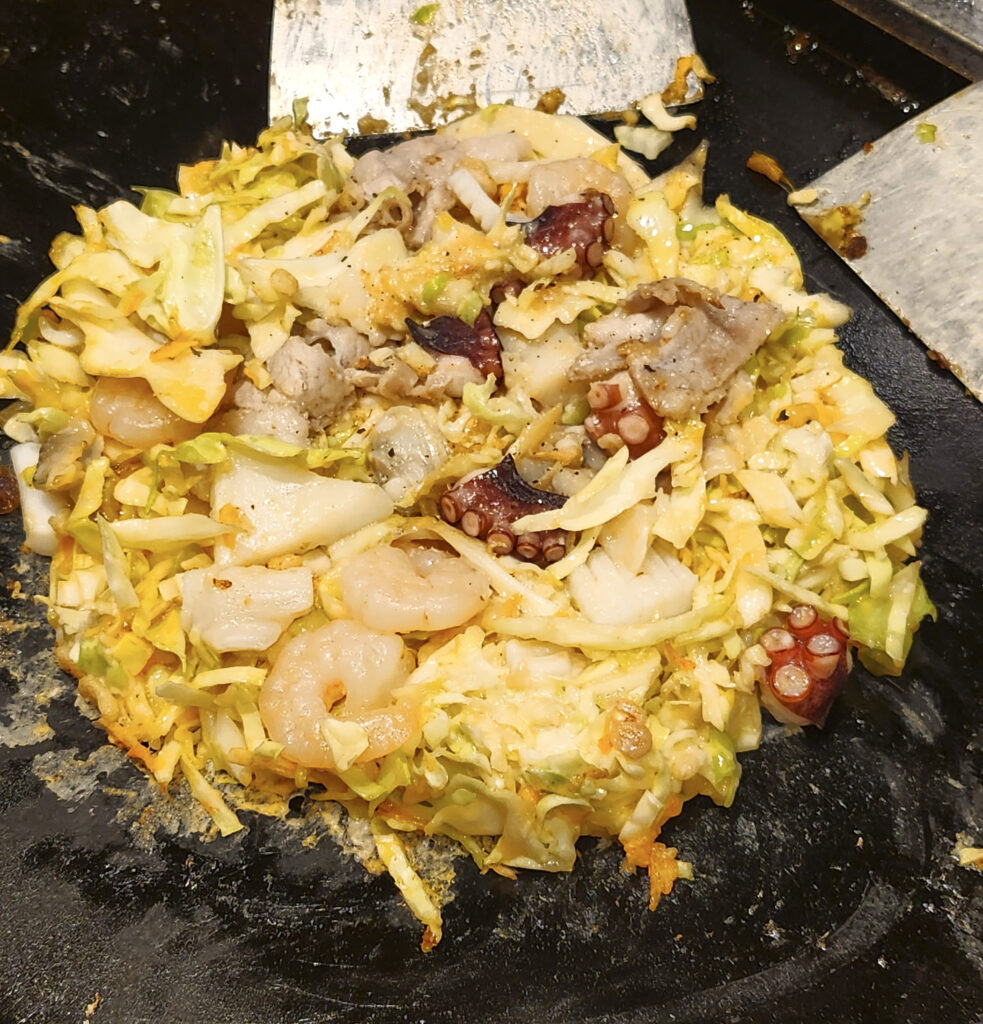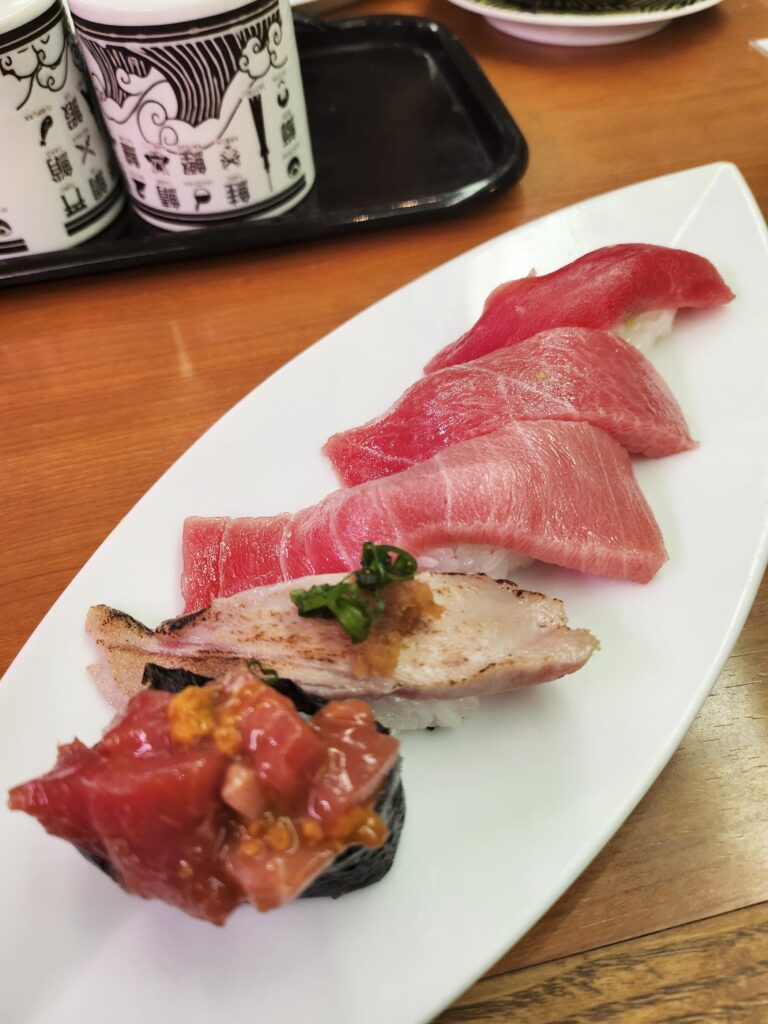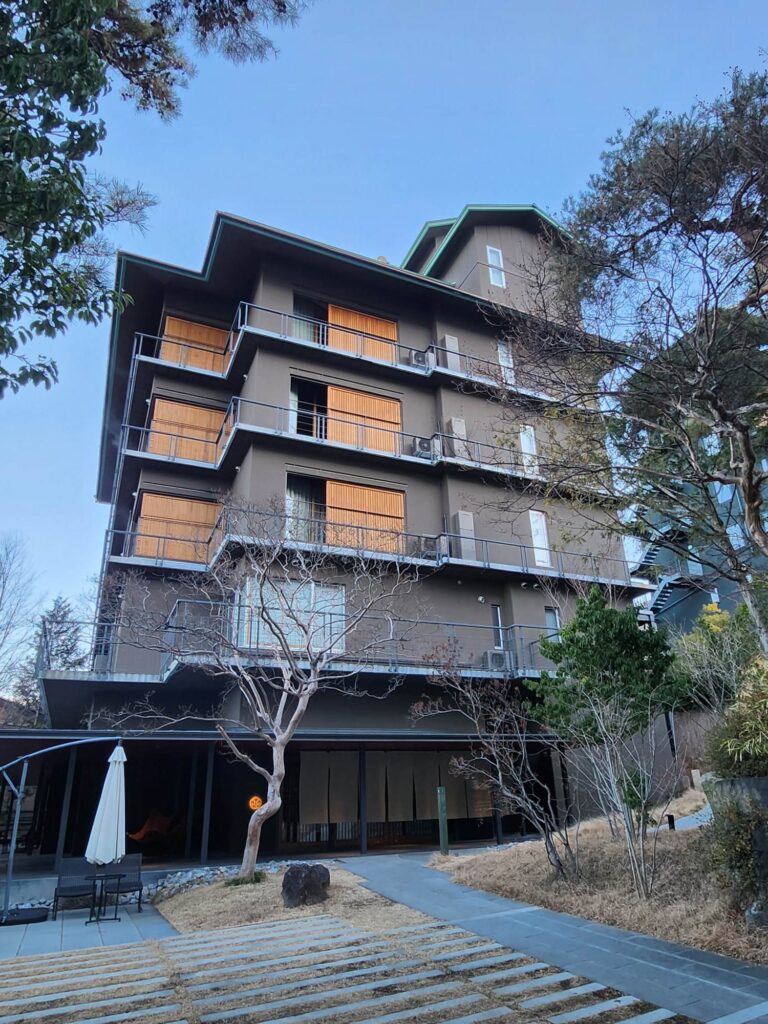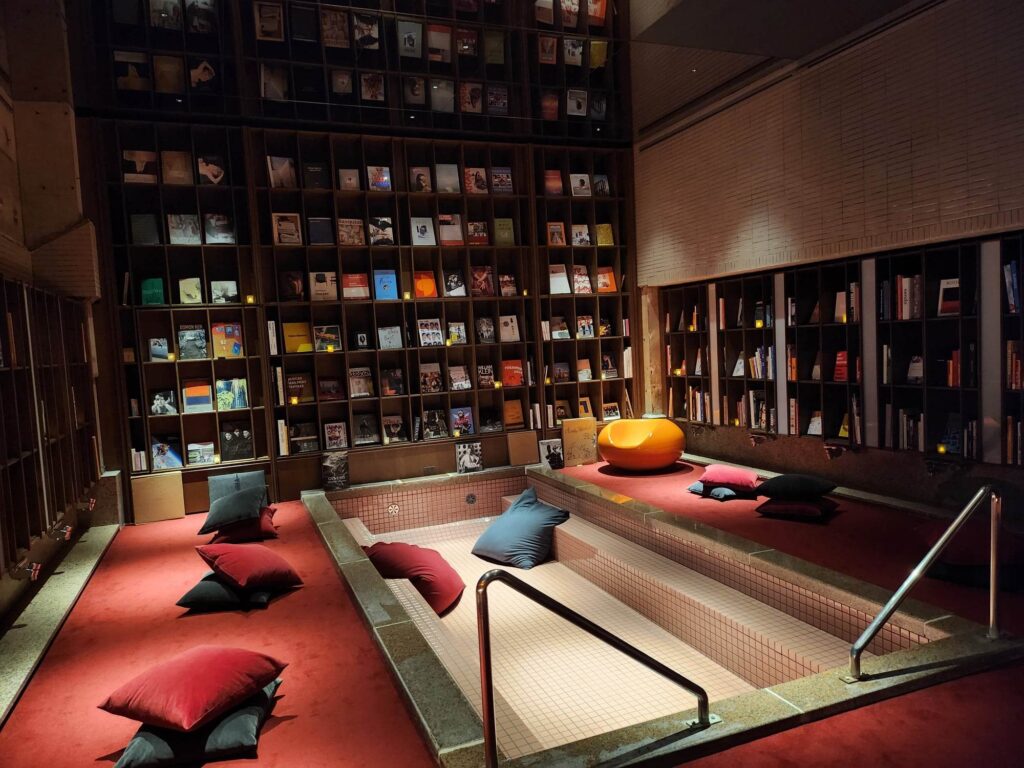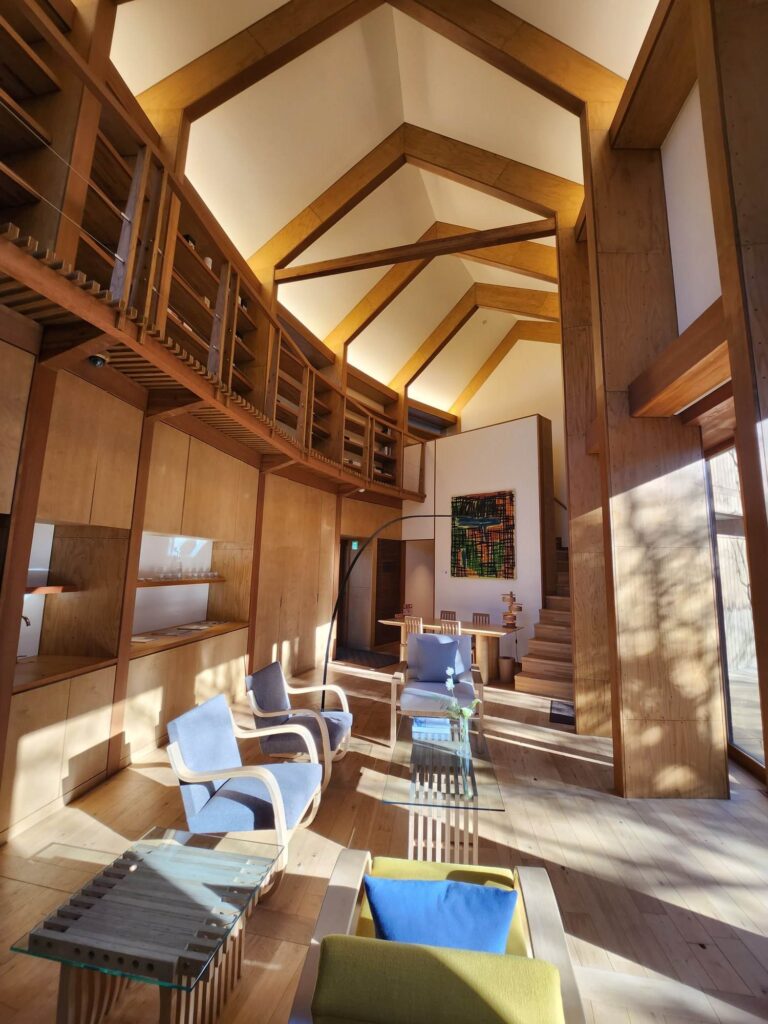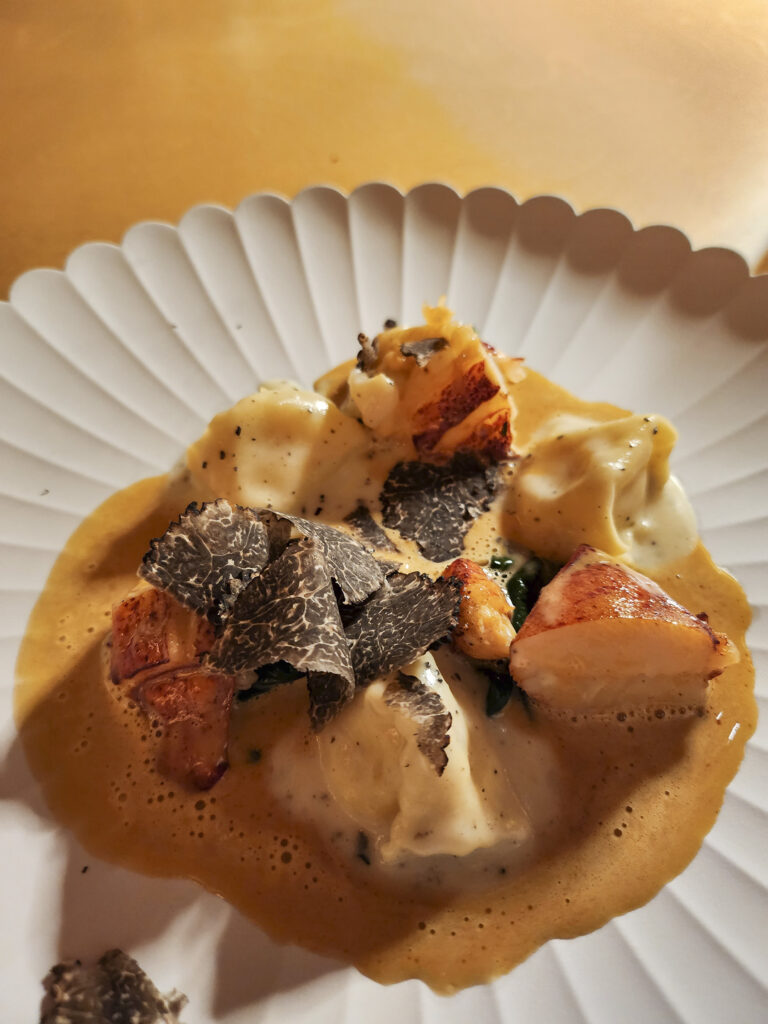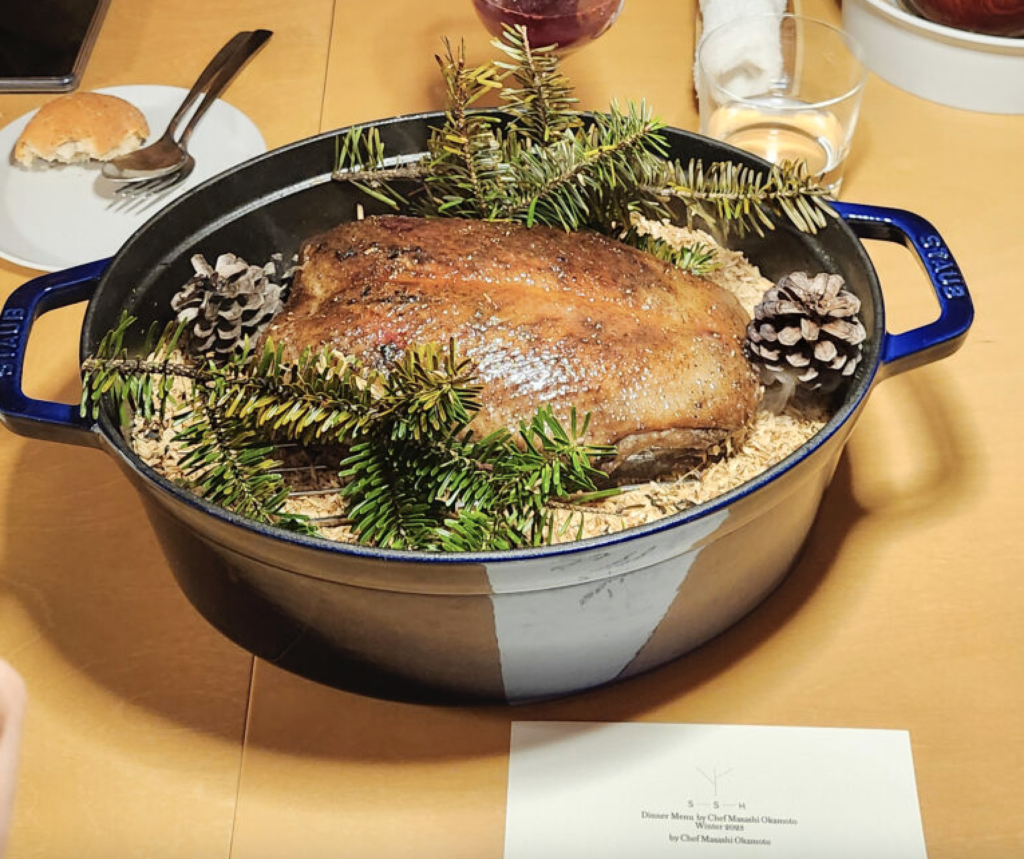TEXT & PHOTOS By JOSE PAOLO S. DELA CRUZ
Revenge, they say, is a dish best served cold. And in the so-called era of revenge travel, Japan, with its arsenal of endless discoveries — ranging from food, sights, architecture, shopping and more — proves that any trip to the Land of the Rising Sun is worth the wait.
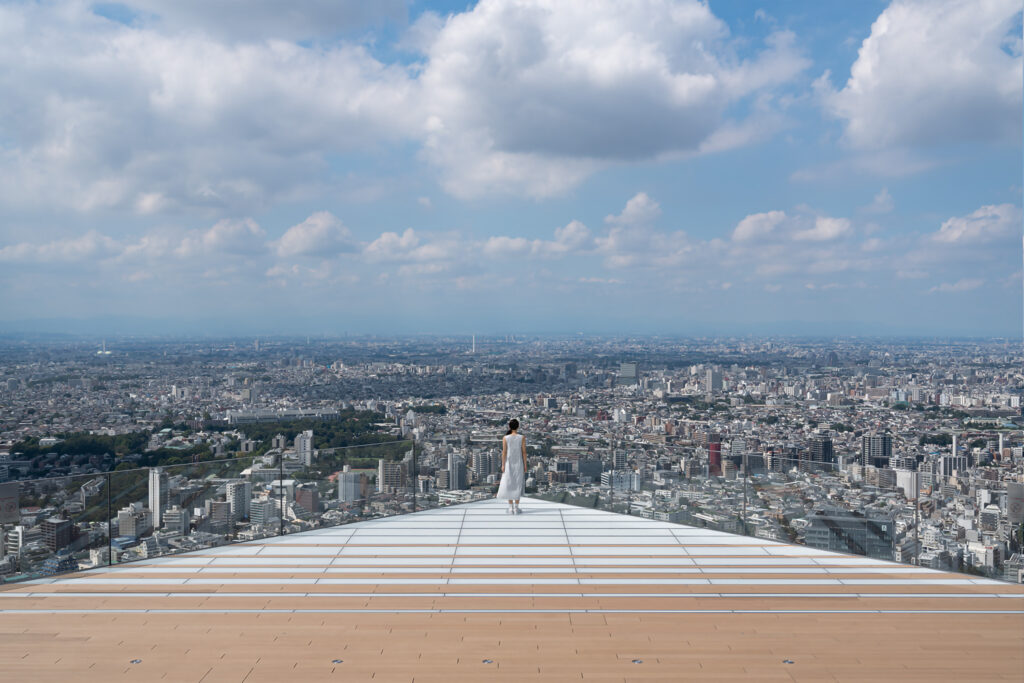
Two-and-a-half years is two-and-a-half years too long for millions of tourists from around the globe (31.8 million in 2019, to be exact), who found themselves unable to enter Japan, when the country indefinitely closed its borders in March 2020, in a bid to curb COVID-19. And so, when restrictions were lifted in October last year, tourists, including thousands of Filipinos, immediately filed their visa applications so that they, too, could once again say hi to Hachiko, feast on “real” sushi and sashimi, and get drunk on Japanese culture. Or sake.
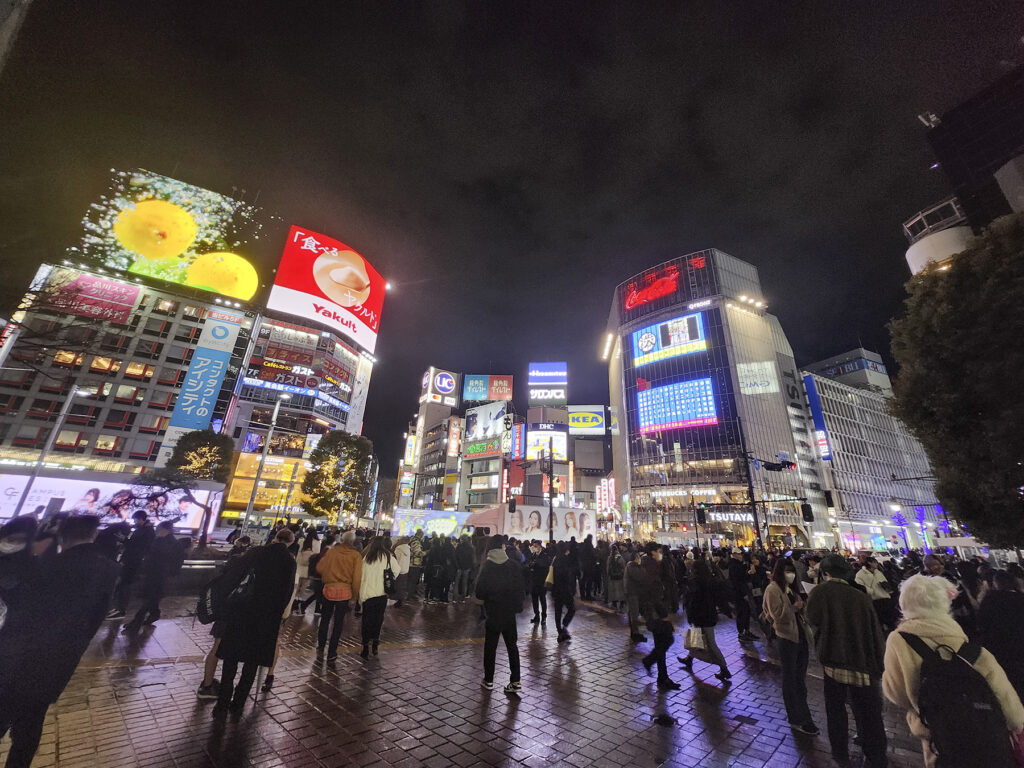
The same sense of anticipation burned within me as I took my first step out of Narita Airport to experience Japan during the tail-end of winter. And not even the crisp, two-degree-Celsius weather could stop us from embarking on the adventure laid down before us by the Japan National Tourism Organization.
Tokyo: A metropolis re-energized
As one of the world’s most popular destinations, Tokyo has welcomed more than its fair share of Filipino tourists. And on this visit to post-pandemic Tokyo, it’s easy to see why we keep coming back for more. The megacity easily reignites interest with its dazzling skyline, iconic neon lights and the frenetic energy that pulses through the throngs of people in the streets.
Shibuya, for one, felt particularly more exciting. Aside from the ever-popular Hachiko statue, Shibuya Crossing also evoked a more nuanced feel due to the popularity of Alice in Borderland — the gory, over-the-top survival thriller, that viewers ate up on Netflix in the last couple of years. In fact, our entire stay in Tokyo felt like a location hunt of sorts, whenever we spotted any sight made familiar by the hit series.
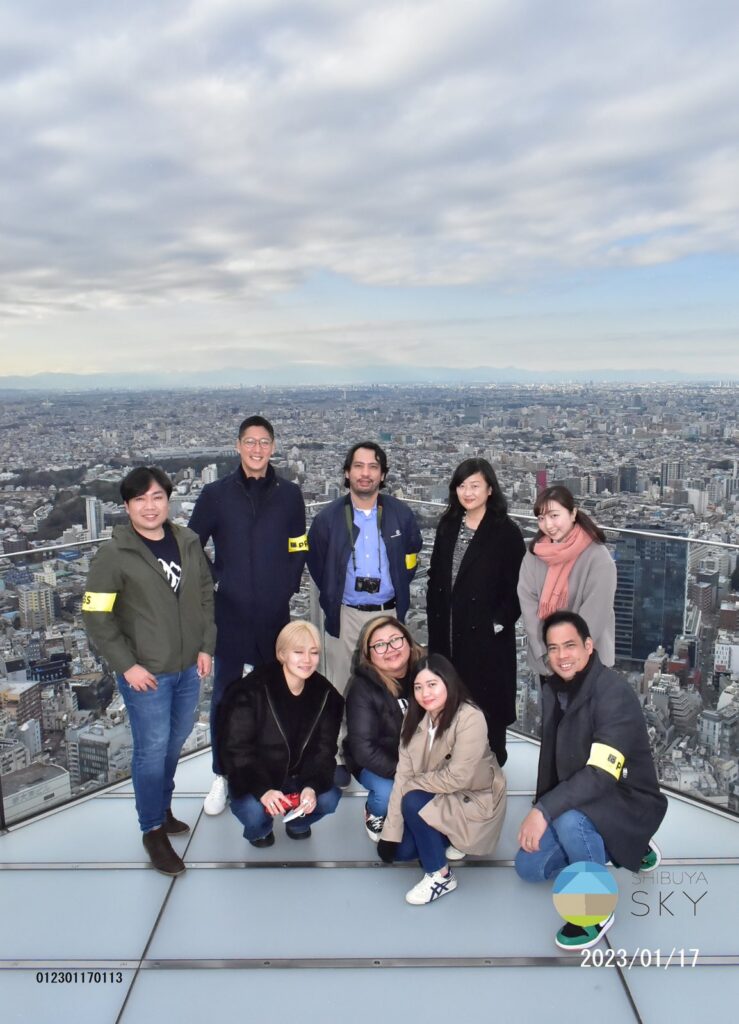
And although Alice was mostly filmed on sets and locations built to resemble Tokyo, it didn’t take away any of the magic for me. To paraphrase what the lead character said, when he found himself treading the thin line between life and death, “Is it weird that I’m getting this excited?”
Well, not really, especially when you witness the sprawling metropolis’ vast size and beauty from the top of the Shibuya Tower.
On a cold January day, after an elevator ride that seemed to zoom past the heavens, we saw Tokyo in all its glory. The prefecture went on forever, seemingly without limits in a sea of buildings short and tall, disrupted only by coliseums and, interestingly, pockets of forested areas that still stand proud to this day.
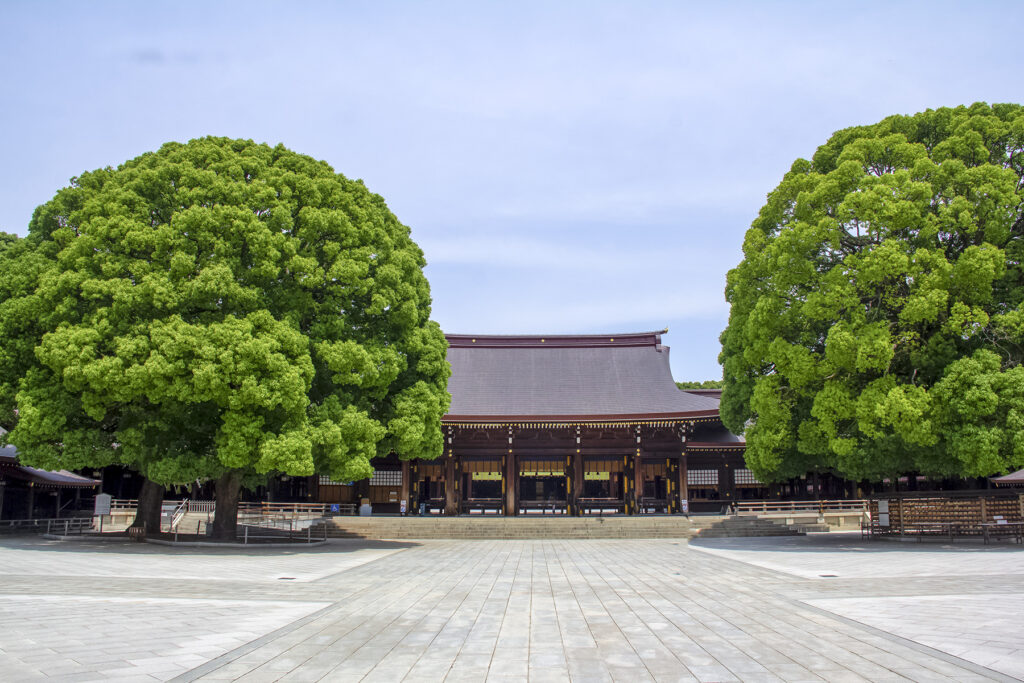
We also visited the Meiji Shingu Shrine, which was completed in 1920, in honor of Emperor Meiji and Empress Shoken. After bowing at the entrance, as a sign of respect to the deities, our group traversed the walking paths for a relaxing stroll.
The exercise culminated in a sacred courtyard where we said our prayers, made wishes and even enjoyed a bit of divination. While there, we also bought Shinto charms that have been blessed by the shrine’s priests for a variety of purposes, including building wealth, giving birth and even divine protection, to name a few.
Of course, like anywhere else in the world, minding one’s manners is a must when you’re in Tokyo, especially in places like the Meiji Shrine. Don’t forget to bow your head when you enter and leave the shrine and its main temple, and try to walk along the sides of the courtyard. The middle part is believed to be a place for the gods passing by.
Yamanashi: Drinking in the scenery
Two days later, and after a couple of hours aboard an express train, we traded in Tokyo’s dizzying sights for Yamanashi’s serene environs. Gone were the sky-high towers and blinking lights, replaced this time by a gentle hum in the air, during a quiet, post-dinner stroll along the streets.
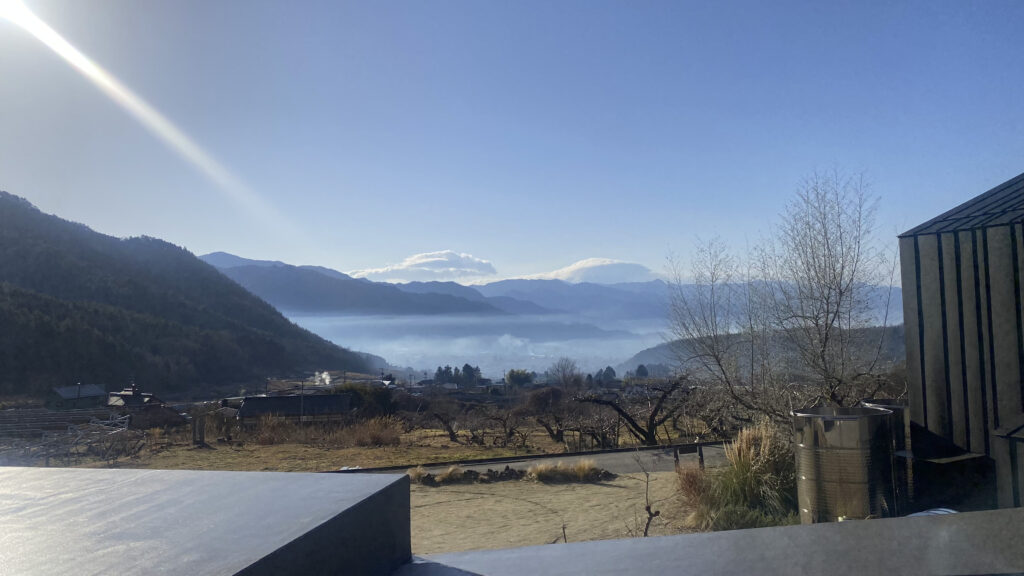
By sunrise though, Yamanashi revealed to us its own brand of majesty. In this prefecture, we visited wineries of varying sizes, all producing fine whites and reds mainly from the indigenous Koshu grapes.
As Takahiko Nozawa, owner of Kurambon Wine Co., explained to us, the first Koshu grapes grew along the Silk Road from China over 1,000 years ago, before finding its way to Japan. And in the past couple of hundred years, it has been the star of Yamanashi’s burgeoning vineyards.
Among the most beautiful wineries we visited was 98 Wines in Shioyama. From the driveway, the structures themselves seemed rustic and unassuming. That was until we arrived at the main tasting area, where we were greeted by a sigh-inducing scenery of rolling hills and mountains, including a peek of not-so-nearby Mt. Fuji herself.
Also an interesting stop was the Marufuji Winery, maker of the popular Rubaiyat Wines. While the place itself didn’t have the same majestic view as 98, its arsenal of fine wines, including a rich, delicate red called the Rubaiyat Muscat Bailey A Barrel-aged, kept us enchanted. Unlike the other wines we sampled, this wine is made from Muscat Bailey A, a large black grape variety bred in Japan that is used for lighter wines.
Overall, the region’s wines tasted light, fruity and fresh, as we would discover when we dropped by the Lumiere Winery and its underground maze of barrels and concrete fermenting areas; the idyllic Katsunuma Jyozo, home of the Aruga brand, whose wines are rich in fruity notes and grown in the most natural ways possible; and the MGVs Winery, which is, perhaps, the most modern, Western-style winery in the valley.
Indeed, a day of wining and dining in Yamanashi made for a perfect break from the hustle and bustle of Tokyo. For this writer, it was also a perfect buildup to a fruitful day, which culminated in a relaxing soak at the Shironohotel’s roof deck onsen. Now, this is the life!
Nagano: Hidden treasures
Next day, we continued to explore Japan off the beaten path. This led us to Nagano, yet another picture-perfect prefecture with more than its fair share of architectural and natural wonders.
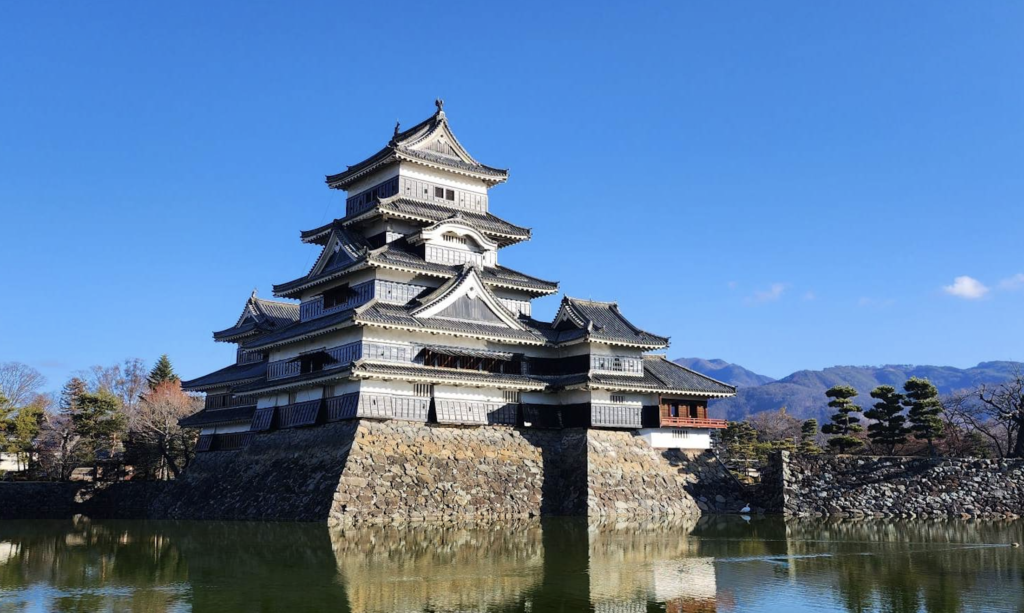
Among the most breathtaking destinations here would have to be the Matsumoto Castle, which continues to paint a poignant picture of what could otherwise have been a long-forgotten time. Built in 1592 and one of five castles to be dubbed as a “National Treasure of Japan,” Matsumoto dazzled against a backdrop of snow-capped mountains and a clear, blue sky. Built in the middle of a lake whose stillness beautifully reflected the edifice, it could easily be the East’s very own version of a Disney Castle.
However, Matsumoto Castle isn’t all romance. While the smaller, Tsukimi Turret (moon-gazing tower) was home to many a moon-gazing evening for the lords and ladies during peace time, the Dai-Tenshu (main keep) and the Inui Keep found themselves bursting with tension in times of war. Thus, inside, one would find innumerable sniper windows from which arrow men defended the castle in ancient times. Stairs were also purposefully built to be narrow, steep and uneven so that intruders who intended to sack the castle would have a hard time.
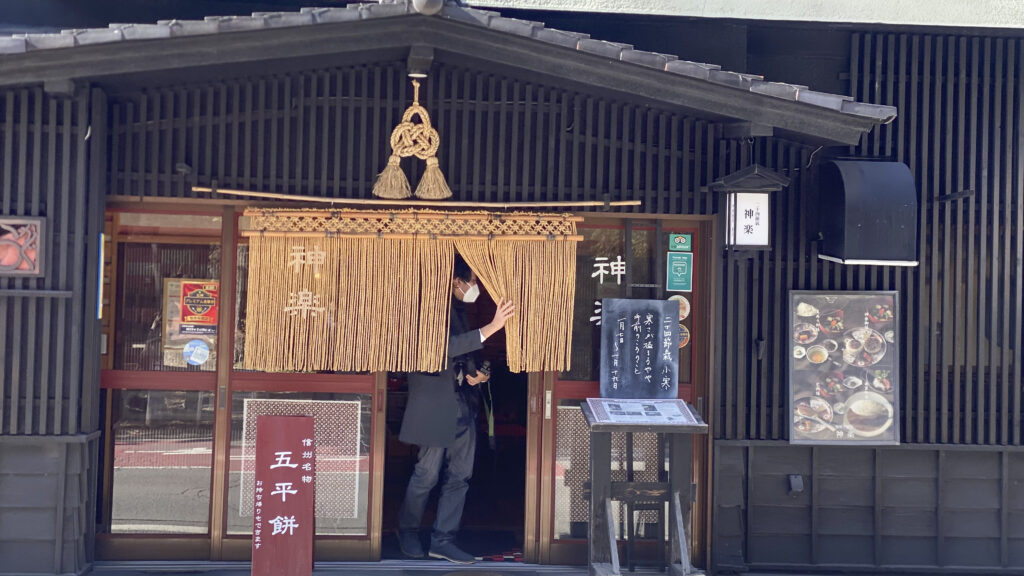
While our group did enjoy old-fashioned tales of war and political survival, we also knew that such conversations would be even better over sake. And there’s no better way to enjoy this than through the Suwa 5 Kura tour, wherein we got to sample more than 20 shots of sake across five breweries, all within five minutes by foot along the Koshu-kaido Highway.
Much like the sake, we also got a glimpse of how traditional miso is made, as we spent an afternoon at the Wakamiya Kojiya, where we prepared “koji.” To those who don’t know, koji is the mold used to ferment rice, wheat and soybeans, and is an indispensable ingredient in producing miso.
But don’t be mistaken. Nagano isn’t all blast from the past.
After all, it, too, is a gateway to one of the modern world’s most famous — and accepted — vices: shopping! And after a couple of days of soaking in rich, non-amalgamated Japanese culture, our group trooped down to the Karuizawa Prince Shopping Plaza to splurge on great deals from an innumerable array of brands — ranging from the Guccis and Pradas of the luxury world, to more practical items from Adidas, Nike, Banana Republic and more.
And with that, we packed our bags and boarded the Shinkansen (bullet train) to Narita Airport, before finally bidding Japan “ja ne (see you again)!” No goodbyes. For just like revenge and travel, Japan, too, can be positively addicting.
*****
A TASTE OF TOKYO
As many visitors to Japan would know, the country is well-known for its rich culinary offerings, be it steaming bowls of ramen, scrumptious donburi (rice bowls) and more. Tokyo, of course, did not disappoint. And here are some places you must visit, aside, of course, from the Japanese konbinis (convenience stores) that have surely satiated innumerable midnight cravings.
Tsukishimamonja Okoge Shibuya
This three-story restaurant in the heart of Shibuya should definitely be on any foodie’s list, if he or she wants to taste authentic okonomiyaki, or its variant, the monjayaki. This do-it-yourself dining experience not only lets you load up on your veggies and seafood (in a delicious way, may we add), but also doubles as a fun activity for the group. Have your okonomiyaki and monjayaki with a serving of karaage (fried chicken) and a glass of beer for the ultimate Japanese dining experience
Maguro Donya Miura Misakikou Megumi
Of course, what is a trip to Japan without sampling sushi, sashimi and the like? Unlike in certain countries where you have to search far and wide (or pay an arm and a leg) to have your fix of excellent sushi, this restaurant on the sixth floor of Shibuya Hikarie can give you just that, and at a reasonable price, too. Here, there’s no scrimping on the tuna, salmon, mackerel or any type of fish on your sushi. Make sure to order the tuna sushi cooked four ways, which includes the fatty tuna sushi, whose melt-in-your-mouth texture and incredible flavor you’ll be hankering for — even days after you’ve paid the bill.
Ujien Urasando Garden
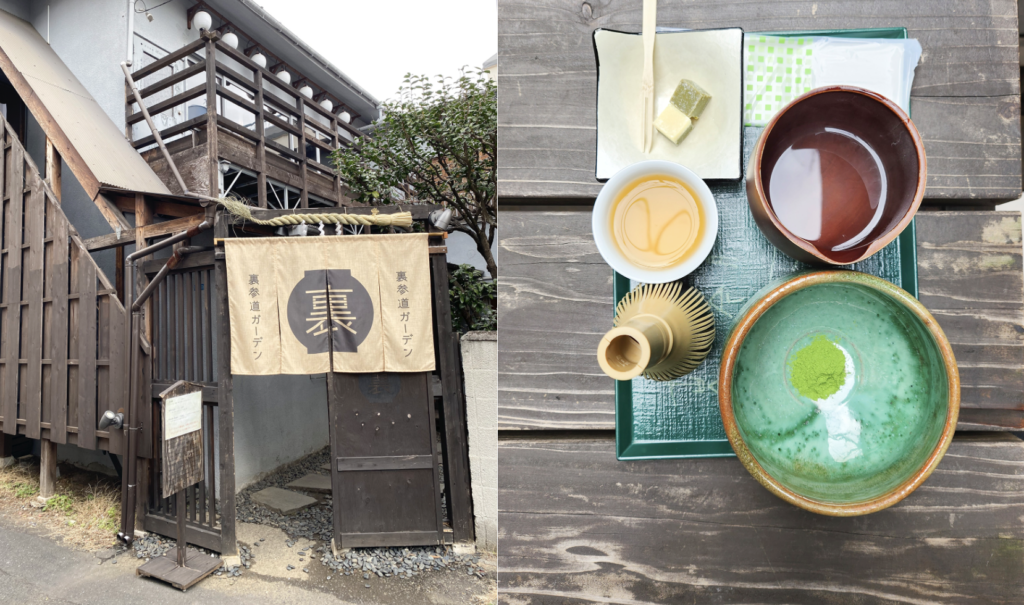
Tucked in a more discreet side of town, the Ujien Urasando Garden is a wooden teahouse with a small pocket garden, where you can enjoy traditional matcha (green tea), among other kinds of teas. Upon taking your order, the staff assembles your tea set, which consists of matcha powder, hot water and some sweets. The cups and whisks are also heated to help unleash the flavor of matcha when you start preparing your tea. It’s a traditional gastronomic experience you surely wouldn’t want to miss.
*****
CABINS IN THE WOODS & A BATHHOUSE OF BOOKS
Whether in Haruki Murakami novels or anime and manga that explore anything and everything within the boundlessness of human imagination, “usual” is unusual when it comes to Japanese ingenuity. And such sense of boldness translates in the country’s local architecture, as seen in two of the hotels we visited in Nagano.
At a glance, Matsumoto Jūjō ticks off all the boxes when it comes to what one would expect of a cozy yet luxurious accommodation in the countryside. However, what lies within the stone and wood edifice quickly reveals layer after layer of surprise, ranging from spacious rooms, each with its private, half-open ofuro (hot bath), to a well-appointed restaurant, and even a sprawling bookstore born from the most unusual of inspirations.
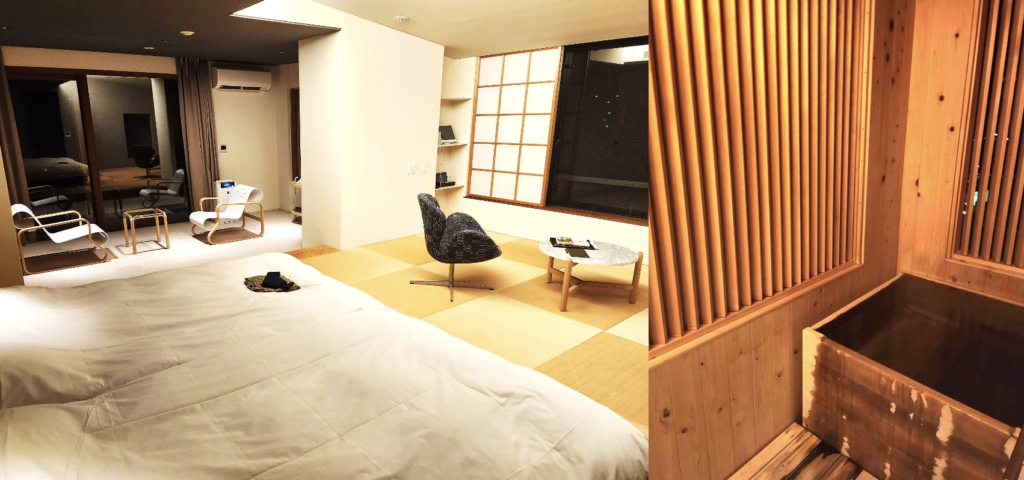
Matsumoto Jūjō re-opened in 2020 after a major renovation that kicked off in 2018. Architects at Suppose Design Office transformed the building, originally a Japanese-style ryokan (inn) with its own public bath, into an architectural wonder that repurposed many of the structure’s original features.
The piece de resistance, no doubt, is the hotel’s multi-level bookstore that breathed new life into the former public bath house’s facilities. The large bath with pink tiles has since evolved into a shared reading space. A mirror ceiling and ambient lighting have also been installed to create a cozy and quiet space. Both the large and small baths are furnished with beanbags and pillows, where guests can immerse themselves in a plethora of stories, all within arm’s length.
Here, one can get lost in a maze of no less than 10,000 books, perfectly arranged in a series of wooden shelves, tiled fixtures and pools across three levels. The shelves themselves are a marvel, with small reading nooks that visitors can climb into for a moment or two of uninterrupted reading pleasure.
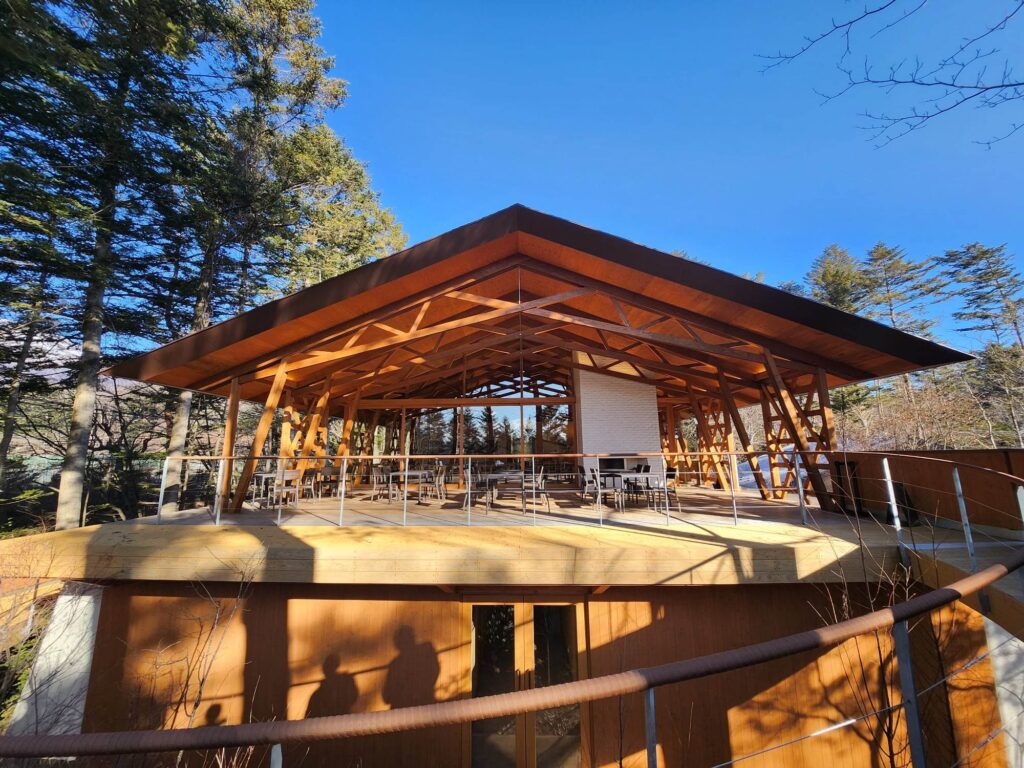
In another part of Nagano and near the Karuizawa mountain range, we also had the privilege of staying at the Shishi-Iwa House. Popular among Japanese celebrities and who’s who, the hotel was designed by Pritzker Prize-winning architects Shigeru Ban and Ryue Nishizawa.
From the darkness of the streets, this collection of intimately crafted wooden retreats shine like burning hearths — showcasing a mastery of contemporary architecture at every turn.
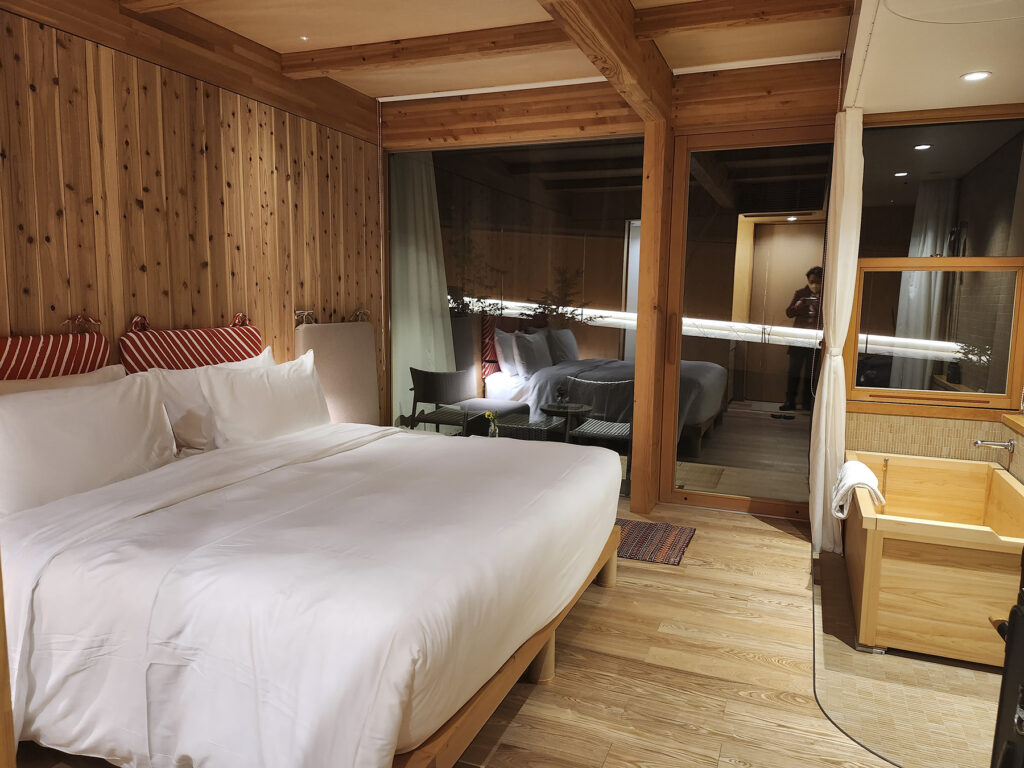
The accommodations range from single rooms that skillfully incorporate the shower area and wooden hot bath with the bedroom; to bigger three-bedroom, two-story villas that share a common lounging area with retractable floor-to-ceiling glass walls and fireplace.
The Restaurant, as the hotel’s main dining area is simply called, offers a variety of gourmet delicacies. Among this writer’s favorites from the menu were lobster and truffle-flavored conte cheese agnolotti, which the chef himself topped off with generous servings of black truffle. The result was a savory, earthy dish whose creamy and salty flavors complemented the morsels of lobster.
The roasted Gin no Kamo duck smoked with rice husks and seasonal vegetables, on the other hand, was just as perfectly cooked. The meat retained its juicy flavors despite its tender texture — a feat not easily achieved with duck, which can be gamey in the wrong hands.
Little surprises here and there also reveal themselves to those who wander around the property, which was designed to follow the natural terrain and foliage of the surroundings. Among this writer’s favorite discoveries was a hidden bar, just inside the walled area of the main bar, where one can enjoy his or her Whisky Sour in peace.
Indeed, a night or two in these hotels not only soothes the weary body, but also inspires and opens up the mind.
Special thanks to Japan National Tourism Organization (Manila Office). For more information, visit www.japan.travel/en/ph, www.facebook.com/visitjapan.ph or follow @visitjapanph on Instagram

